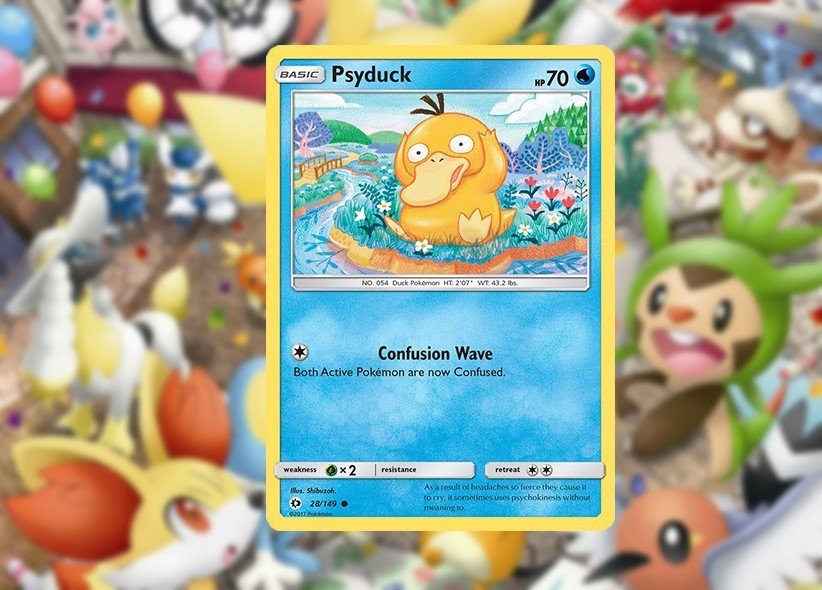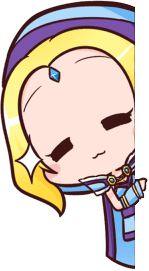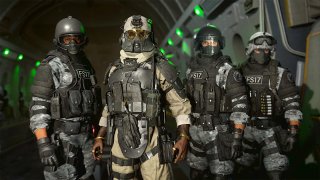The Trading Card Game has long been popular among fans of the Pokémon universe. Thanks to its simplicity, accessibility, people of all ages can play. The variety of mechanics adds uniqueness to each game: character evolution, trainer cards, energy for attacks, Special Conditions, Confusion.
 Image: facebook.com
Image: facebook.com
The latter complicates gameplay, but at the same time, deepens it. In our article, we will explore this aspect and explain in detail how it works.
Features of Confusion and Confused Pokémon
 Image: reddit.com
Image: reddit.com
Confusion is one of several negative effects. A card that has been targeted by an attack is flipped upside down. The character has a 50% chance of inflicting damage on itself.
In this situation, the fighter's fate depends solely on the player's luck. Before the next move, a coin must be flipped: if it lands on tails, 3 damage counters are placed on the defending card. If heads, the attack targets the opponent.
 Image: x.com
Image: x.com
Additionally, the status has several distinctive features:
- The creature can be subjected to burning or poisoning, but not to sleep or paralysis.
- The Pokémon will remain confused until the player removes the status.
There are also abilities that inflict mass confusion, such as Psyduck's Confusion Wave. Their principle of action is similar but applies to multiple cards.
 Image: Ensigame
Image: Ensigame
If it is relatively simple to remove one Pokémon from a negative effect, dealing with multiple is a complex task! Moreover, the opponent’s deck may contain cards that prevent retreat, such as Snorlax and its "Block" ability. We will discuss ways to remove the debuff in the next section.
How to resist the Confusion Condition
 Image: youtube.com/@ph3r0x
Image: youtube.com/@ph3r0x
Players have several options to counteract Confusion:
- Remove the effect with defensive abilities, such as "Escape Rope";
- Use trainer cards like "Full Heal" or "Switch";
- Send the fighter to the bench;
- Evolve the Pokémon.
Decks that play through Special Conditions are not very common because they are not very effective, and the status is removed quite quickly.
The Confusion Condition has not always been as it is now — a significantly milder version. Before 2002, this status could create a real nightmare for the opponent.
 Image: pinterest.com
Image: pinterest.com
Tokens for this ability were not used. If an attack failed, the Pokémon could damage not only itself but also the team, including fighters on the bench, if the corresponding skill was used. Moreover, damage-enhancing effects and the creature’s weaknesses applied to the damage inflicted by the character on itself.
 Image: pokemon.com
Image: pokemon.com
With high skill in the game, this status could wreak havoc! Therefore, the rules for its application were significantly changed and restricted. Fortunately, it is now much easier to deal with negative conditions on the cards.
We hope our guide has been helpful and provided you with more insight into the Confusion Condition.
Main image by Ensigame


 Maxim "Sensei Mori" Tomilov
Maxim "Sensei Mori" Tomilov


















0 comments